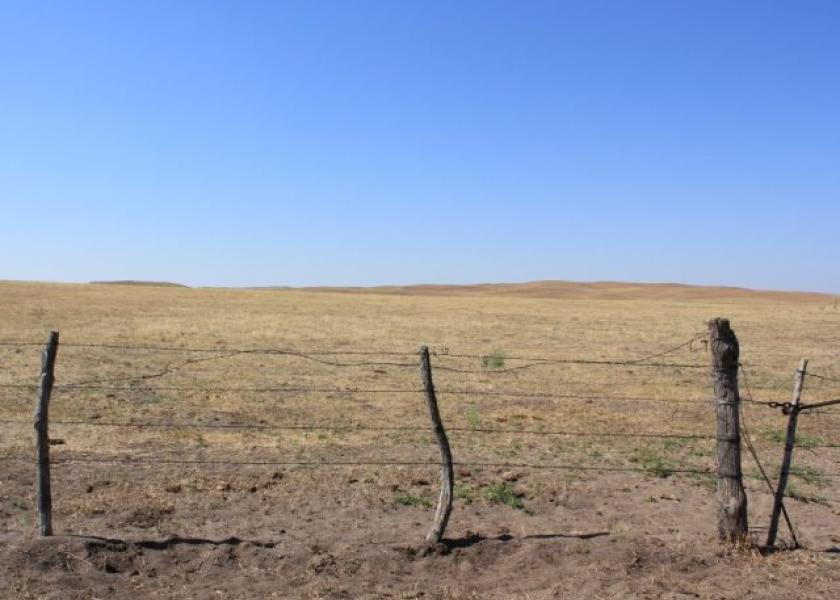Parched Conditions Expand Across Dakotas

The U.S. Drought Monitor shows that most of the Dakotas are experiencing drought conditions that experts say are harming farmers and cattle producers.
About 87 percent of North Dakota is in drought, while just more than half of South Dakota is experiencing drought conditions, according to updated monitoring information released Thursday. The parched conditions have expanded and deteriorated compared to last week, and roughly 700,000 people across both states are living in drought areas.
Feed shortages in the South Dakota caused by poor grass growth are prompting some livestock producers to sell their cattle, according to Laura Edwards, the state climatologist at the South Dakota State University Extension, which does outreach to farmers and ranchers.
There have also been significant winter wheat losses in central South Dakota, she said, adding that she doesn't anticipate conditions will improve in the near term.
"The drought's pretty bad, I'd say, especially in the agricultural sector, which is often where we see the first impacts," Edwards said.
Selling calves now that would get a good price this fall means producers will likely take a hit on the animals' value, said Silvia Christen, executive director of the South Dakota Stockgrowers Association. She said selling cows now means they won't be there to produce calves in the spring, affecting income for next year.
"Our producers, our families out there on these ranches are at the mercy of the weather," Christen said. "We've seen that over the last few years. But I think we can't discount the toll that this kind of a drought takes on our agriculture community and what it's going to do to a lot of our neighbors and friends here across the state this year, if this drought doesn't break."
Terry Beastrom, who farms mostly in Stanley county in South Dakota, said he's leaning toward destroying nearly all of his wheat and hopes to turn most of it into cattle feed. He said he's just hoping to break even this year.
In North Dakota, drought conditions have the potential to cause future feed shortages, said Scott Ressler, environmental services director for the North Dakota Stockmen's Association, which represents the cattle industry.
Producers are selling older cattle because, without precipitation, some pastures aren't going to be able to support as many animals as they normally do, he said.
"Pray for rain," Ressler said.







